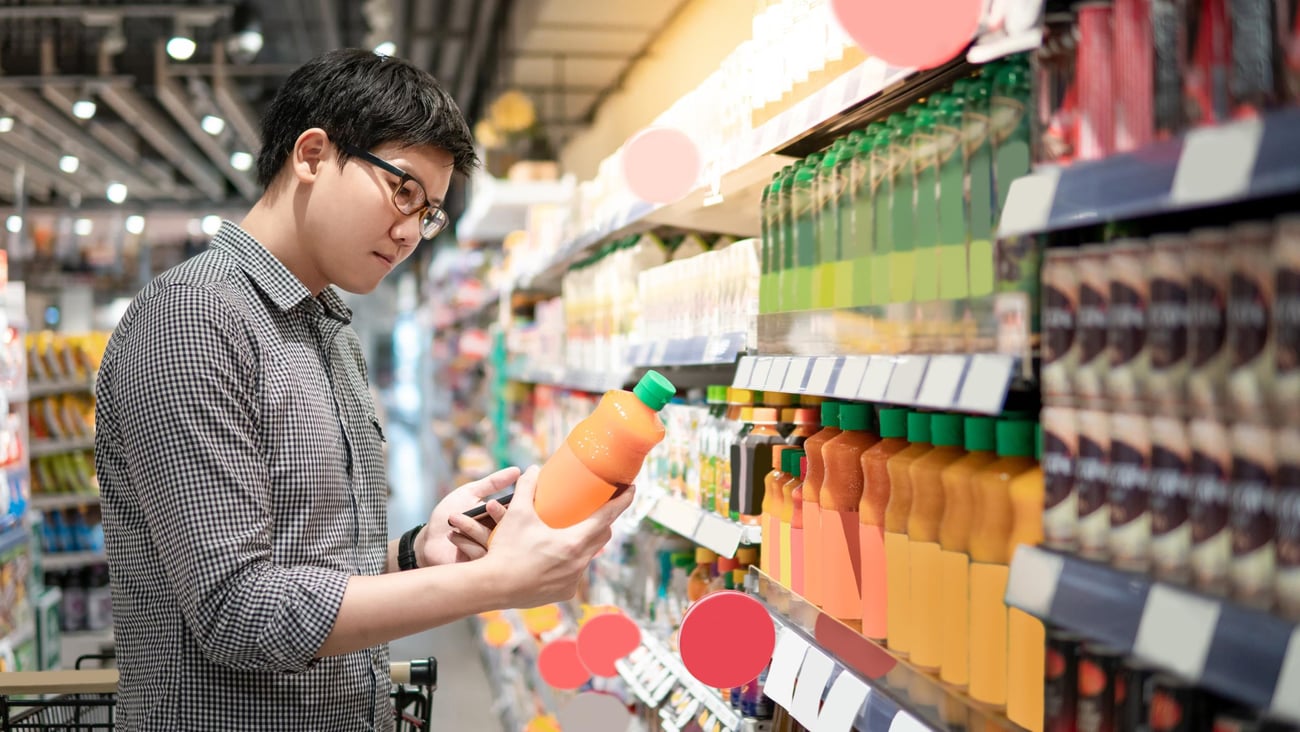
Five Innovations to Improve CPG & Retailer Collaboration in 2022
Consumer packaged goods (CPG) companies and retailers are inextricably linked. They have been for the last 200 years as retailers started selling an array of dry goods, clothing, and groceries in local communities. This list of the 10 oldest retailers along with the similarly long history of some of the oldest CPG companies—Procter & Gamble is 184-years old, Coca-Cola is 135-years old, and S.C. Johnson is 108 years old—are a testament to the longevity and cooperative relationship between CPG companies and retailers.
Although CPG companies and retailers are independent entities, at the end of the day, they both want to sell products that delight consumers. For these partnerships to be successful for both companies, they must collaborate by sharing processes and data to achieve agreed-upon expectations. And for decades, CPG businesses and retailers have followed tried and true methods to achieve success as best they could despite the inherent challenges to collaboration.
However, with the innovations we cover below, CPG companies and retailers can overcome common collaboration challenges, gain shared data insights, and drive better business decisions to achieve success that’s a win-win for both industries.
- Deploy a data clean room to consolidate siloed data and improve joint business planning.
If you’re not familiar with a data clean room, it’s where two or more independent entities can share aggregated data in a secure environment that’s a “Switzerland for data, a neutral intermediary where all sides can set parameters as to what information is actually seen,” according to this article from MorningBrew.com. From the combined data, both CPG companies and retailers can collaborate to draw insights that align strategies and core metrics to market and sell goods to a combined target audience of consumers. To learn more about data clean rooms, read How to Create a Modern CPG Data Architecture with Data Mesh.
- Use advanced analytics, AI, and ML technologies to manage categories on a granular level.
Using the consolidated CPG/retailer information from a data clean room, you can apply AI and ML-based solutions to understand shoppers at the store or zip code level. In the past, CPG companies and retailers had to manage categories on a regional level. However now, with services like Amazon Forecast, brands and retailers can boost collaboration as they shift from quarterly to weekly or even real-time store planning, SKU optimization, and planograms—from specific store locations to the aisle and the shelf—to create shopper-driven layouts that boost sales. For more information on how retailers can improve their supply chain intelligence and meet customers’ fulfillment demands, read How Retailers are Leveraging Cloud Technologies to Transform their Supply Chains.
- Implement personalized customer identification and engagement solutions to optimize omnichannel trade promotions.
Geo-fencing technologies already allow brands and retailers to identify when consumers are in a particular store to push coupons to shoppers. However, when CPG brands and retailers collaborate on customer 360 and personalization initiatives, together they can shift from a one-to-many to a much more tailored approach to engage consumers where they are with relevant trade promotion messages. Consider this example—using the consolidated CPG/retailer data clean room analytics we mentioned above to gain a granular understanding of consumers, when a shopper walks into a retail store, the retailer can quickly identify the consumer, realize the shopper is in a physical store with products the person has been browsing online, tell the shopper where in the store they can find the items, and push a CPG-driven trade promotion coupon to the shopper to encourage a purchase. By using sophisticated technologies, CPG companies and retailers can make smarter decisions about how to spend trade promotion dollars to increase sales with omnichannel engagement. To learn more, check out Why Retailers Need a CDP to Power Their Customer 360 Strategy.
- Use computer vision to boost in-store compliance and on-shelf availability.
Although CPG companies and retailers are already using robots to automate processes and eliminate human error, both groups can implement collaborative computer vision solutions, like AWS Panorama, to be “eyes” where people can’t always be. For example, retailers can install cameras on shelves to validate promotional display compliance with CPG merchandising specifications. They can also use cameras they already have to automatically notify store employees when shelves need to be straightened or restocked and analyze back-of-store stock levels to automatically signal CPG companies about product reorders. Read Seven Smart Store Strategies to Streamline Retail Operations to learn how Canadian convenience retailer Parkland uses AWS Panorama to boost operational efficiency and customer satisfaction.
- Deploy an item tagging system to optimize order management.
Solutions like RFID, barcodes, and QR codes have been around since the 1980s and 90s, and both CPG companies and retailers can use these technologies to track and trace products so store personnel can quickly locate inventory. This would be different than an inventory look-up system where an employee can tell if an item is supposed to be in stock. We’re talking about employees being able to locate exactly where an item is in the store, whether it’s on the shelf, in the stock room, or in a dressing room—so you can always find the product and never miss a sale. To learn more about eliminating errors in the order management process, read How Retail/CPG Can Improve On-Time, In-Full (OTIF) Deliveries.
Legacy approaches to CPG and retail sales have worked for decades. However, the marketplace is rapidly shifting as digital commerce and net new sales channels on social media platforms and apps are disrupting the traditional retail customer journey. CPG companies and retailers need to collaborate much more closely using the innovations we covered in this blog to align efforts, streamline processes, and optimize operations to create a win-win for both industries. This will allow CPG companies to increase revenue per store, build brands consumers love, and ensure products are available when and where shoppers want to buy them, all while enabling retailers to grow categories and improve margins.
If you want explore how we can help you make these innovations a reality for your company, contact AWS to get started today.






